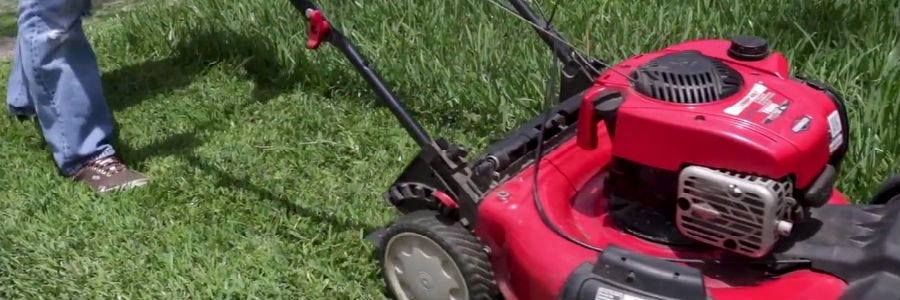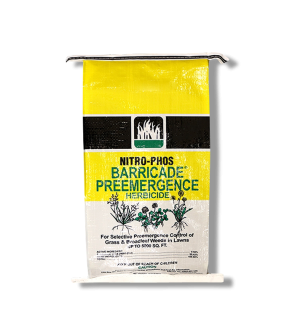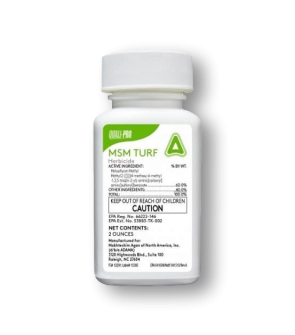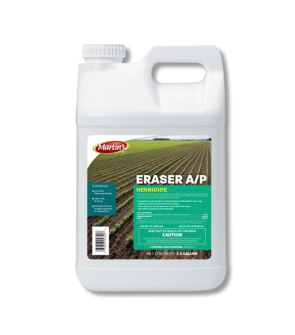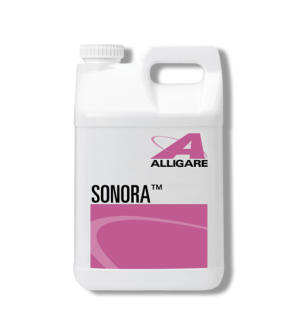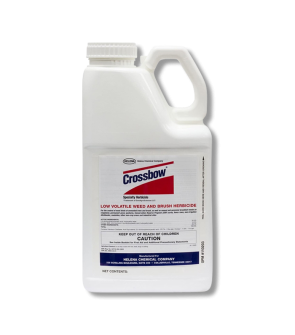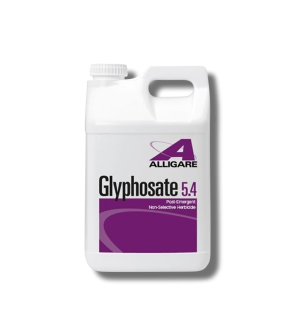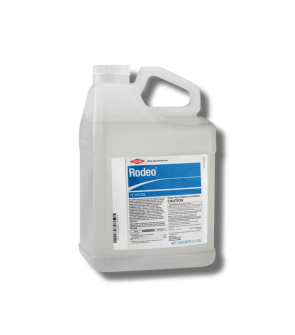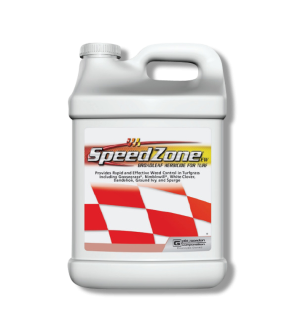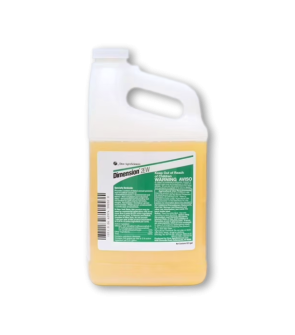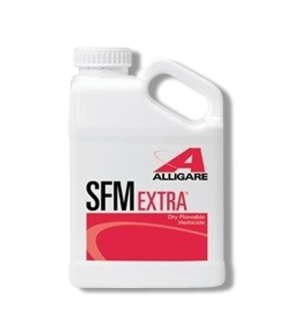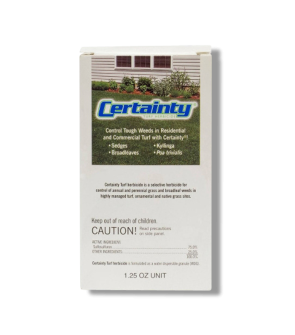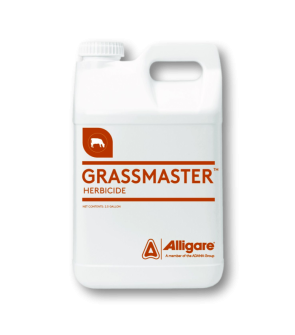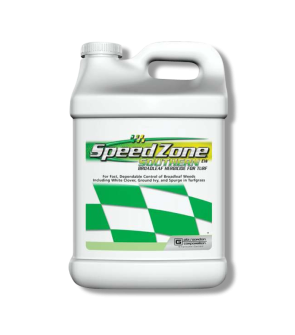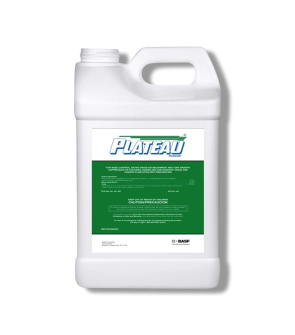Gain access to personalized product screening, the best pricing, rewards, and more!
Most Effective Products
How To Get Rid of Dandelions: Dandelion Control
Dandelions are among the most common perennial broadleaf weeds on lawns and landscapes. They can grow and thrive in any soil and spread to lawns that receive full sunlight.
Dandelion is typically spotted on lawns by its large, bright yellow flowers, which gradually turn into puffy white seed heads when the weed is ready to reproduce. Dandelion taproots are thick and long, growing to 6 to 18 inches in length.
In the early spring, new dandelion sprouts will emerge from the taproot, which can be 2 to 3 feet deep in the soil. This makes pulling the dandelions by hand largely ineffective. Even though dandelion dies when fall arrives, the taproot can survive in the soil, ready to grow when spring returns. To prevent dandelions from recurring, you have to kill the plant down to the root.
If you have dandelions on your lawn, our DIY treatment guide can help. The guide below, put together by our lawn care experts, will show you how to kill dandelions and ensure they don't return properly.
Identification

It's important to first identify a problem weed to help you determine what herbicide works best to kill it. The good thing about dandelion is that most people are familiar with how it looks and can spot it with ease when it is growing on a lawn.
- Dandelions germinate in the spring and grow between 2 and 18 inches tall. Their leaves grow in a rosette arrangement with jagged edges that point inward toward the center of the plant. Multiple stems will grow from the plant, but each stalk will have a single yellow flower.
- When the dandelion is ready to reproduce, the yellow flower will become a white puffball. The fuzzy white parts are dandelion seeds.
- Dandelion seedheads can easily be blown off the stem by a gust of wind or, famously, by taking a plant and blowing it. Wherever these seeds lie, new dandelion growth will result.
- Dandelion has a thick, hearty taproot that can be lodged deep underground. If you uproot a dandelion, you will usually see a 6 to 18-inch long taproot.
- Plants like catsear, chicory, and hawkweed look very similar to dandelion, but you can differentiate dandelion from its hollow stem, producing milky fluid when the stem is broken and only grows one flower per stalk.
Use the description above and the images to help you identify dandelion. If you are not sure, contact us with an image of your weed, and we will help you correctly Identify the plant and offer control suggestions.
Inspection

Once you have confirmed that you are dealing with dandelion, you can proceed to inspection. During this phase, you will locate the areas where dandelion grows and observe the conditions allowing the weed to thrive. This will help you to determine where to focus your herbicide applications to treat dandelion.
Where to Inspect
Dandelions are strong weeds that can grow anywhere in the United States in most soil types. They will also grow between cracks in cement, like driveways, sidewalks, and walkways. Dandelions tend to grow in spots with a lot of sunlight, but they can often be seen in shady areas. Walk around your lawn to check where dandelion is growing and how severe of an infestation you have.
What to Look For
Chances are, they won't be hard to miss if you have dandelions. Dandelions stick out like a sore thumb on your lawn among your desired grass and vegetation. Depending on the time of year and which stage of development the weed is in, you may be looking for different signs. Keep an eye out for the patches of broad, jagged leaves, the yellow flower on a single stem (if a stem has branches with multiple flowers, it is not a dandelion), or the white puffball of seeds for when it has matured.
Treatment
Dandelions are a creeping invasive perennial weed that can be difficult to control without the help of chemicals manually. This is primarily because of its extensive taproot, which can grow underground up to three feet. If you try to hand pull it, the dandelion will grow right back because it can easily break off and start growing once again, regenerating.
Always ensure you have the right personal protective equipment (PPE) for safety (glasses, gloves, mask) before mixing or applying herbicides. Our top recommendation for controlling dandelions is MSM turf herbicide. MSM Turf Herbicide is a post-emergent herbicide with a broad label. It is easy to mix and apply and cost-effective. We recommend eraser herbicide for dandelions growing in paved areas like cement.
Step 1: Apply Weed & Feed Fertilizer (in early Spring)
Note that applying Weed & Feed is not a prerequisite to later dandelion herbicide applications. This is a helpful and effective step if it is early in the growing season so that you can stamp out dandelions before they invade.
Because dandelions germinate in late winter and early spring, an effective first step is to nourish your lawn while killing the emerging dandelions. Do this with Solutions 15-5-10 Weed and Feed.
Our Weed and Feed is a special fertilizer blend with 15% nitrogen, 5% phosphorus, and 10% potassium (potash). This NPK ratio is great for spring because the relatively high nitrogen content nourishes your lawn by greening and strengthening your grass. When your grass is tall and green, it will crowd and choke out fledgling dandelions before they have a chance to take hold.
An additional benefit of using Solutions Weed & Feed is that it is also formulated with the herbicide Trimec. This will target and kill the dandelions (and other labeled weeds) while feeding your grass.
Apply the weed and feed between 3.2 and 4 pounds of weed and feed per 1,000 square feet. For ease of application, we recommend using a push broadcast spreader.
Broadcast half the weed and feed fertilizer in parallel lines once across the area. Then, broadcast the other half at a perpendicular angle to cover the area entirely. Once the product is laid out, water it in. This will help push the fertilizer granules deep into the soil to feed the grass and attack the weeds.
You can apply Solutions Weed & Feed 30 days after your initial application but do not exceed the maximum annual rate of 8 pounds per 1,000 square feet.
Step 2: Mix MSM Turf Herbicide
Due to dandelions' pervasiveness, you may see some emerge and grow several weeds after your previous weed and feed application or if you missed your early fertilizer application. This is where using an herbicide like MSM turf herbicide comes in.
MSM Turf Herbicide is a broad-spectrum, selective post-emergent herbicide. This weed killer is a selective herbicide, so it is labeled to use on many different turf types to target broadleaf weeds, like dandelions, and some grassy weeds without harming the grass around them.
Determine how much MSM Turf Herbicide to use by measuring the square footage of the treatment area. Find the square footage by measuring the treatment areas' length and width in feet, then multiplying them together (length X width = square footage).
MSM Turf Herbicide is a dry granule that treats up to 43,560 square feet (1 acre). This product can be applied as a broadcast over the whole yard or as a spot treatment for a targeted application.
For dandelions, we will use MSM Turf Herbicide as a spot spray. For acreage, apply 0.25 to 0.33 oz. of product.
Place the measured amount of MSM Turf Herbicide into your pump sprayer and fill it to capacity. We recommend using a one-gallon sprayer. Seal the sprayer and shake it to ensure it is well-mixed.
Step 3: Apply MSM Turf Herbicide to Control Established Dandelions
Directly spray your dandelions using low to medium pressure. You want the weed to be wet, not to the point of runoff. Be sure to spray on calm days when wind speeds are low, and keep all people and pets off the treated area until dry.
You should start to see your dandelions die out within 1 to 2 weeks. For resilient dandelions, you can reapply your MSM Turf Herbicide 4 to 6 weeks after the initial application.
Do not apply MSM Turf Herbicide to fruit or vegetable gardens or where roots of desirable trees and woody bushes may be laying.
Step 4: Treat Dandelions in Cement Cracks with Eraser
To get rid of dandelions (and other weeds) from cracks in cement, use eraser 41%. Eraser is a glyphosate-based, non-selective weed killer. It will target and kill nearly all common weeds and grasses that it comes into contact with. It has no soil activity, which means that it will not leach into the ground; it must come into contact with a plant's foliage for it to work.
Because of its powerful, non-selective formulation, Eraser is great for weed control in driveways, sidewalks, and walkways. However, it is not recommended for use on lawns, other turf areas, or flower beds because it will severely damage or kill desirable vegetation.
Be sure not to use the same sprayer that you used for the MSM Turf Herbicide application to prevent cross-contamination. We suggest labeling your sprayers with "selective" and "non-selective" to help you keep track.
2.5 oz. of eraser can treat a 1,000 sq. ft. area. Mix 2.5 fluid ounces of eraser in 1 gallon of water in a pump sprayer, then spot-treat the dandelions growing in your paved areas.
Spray to the point of wetness. Apply when wind speeds are low, and keep your spray nozzle close to the weed to minimize drift.
Keep all people and pets away from treated areas until dry.
Prevention
After successfully eliminating the dandelion, you want to ensure the weed doesn't return. The best defense against dandelion is a thick lawn that is well-fertilized and maintained. Here are a few cultural practices we suggest to keep dandelion from returning.
- Implement proper cultural practices, such as watering, mowing, and feeding, to make your yard less conducive to dandelion return and invasion.
- In particular, mowing your grass high, at a height of 3 to 4 feet, can help fight off dandelion development because weed seeds will not get the sunlight they need to germinate and thrive if you mow your lawn low.
- Keep up with a fertilizer application, even during fall. Use a fall fertilizer high in potassium to keep your turf strong over winter so it can choke out weed development in the spring.
- Water your lawn deeply yet infrequently at a rate of 1 to 1.5 inches per week.
Key Takeaways
What are Dandelions?
- Dandelion is a pesky invasive broadleaf weed known to spread via its puffy white seeds, which can easily blow off in the wind.
How To Get Rid of Dandelion
- To treat dandelions with herbicide, we recommend using Glyphosate (Eraser Herbicide) as a non-selective means of control or MSM Turf Herbicide for selective control to remove dandelions from your lawn.
- A weed & feed fertilizer is a great option in early spring to target young and weak dandelions.
Preventing Dandelion Reemergence
- By maintaining a regular lawn care schedule and promoting a lush, green, nutrient-rich turf, dandelion will find it difficult to re-establish itself on your lawn.











